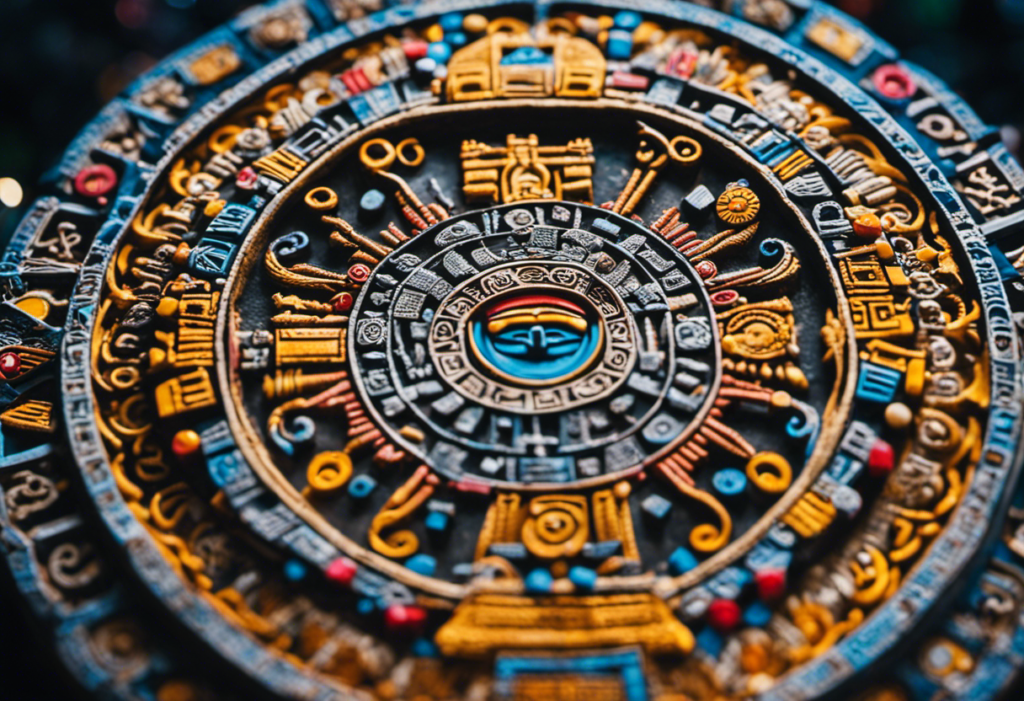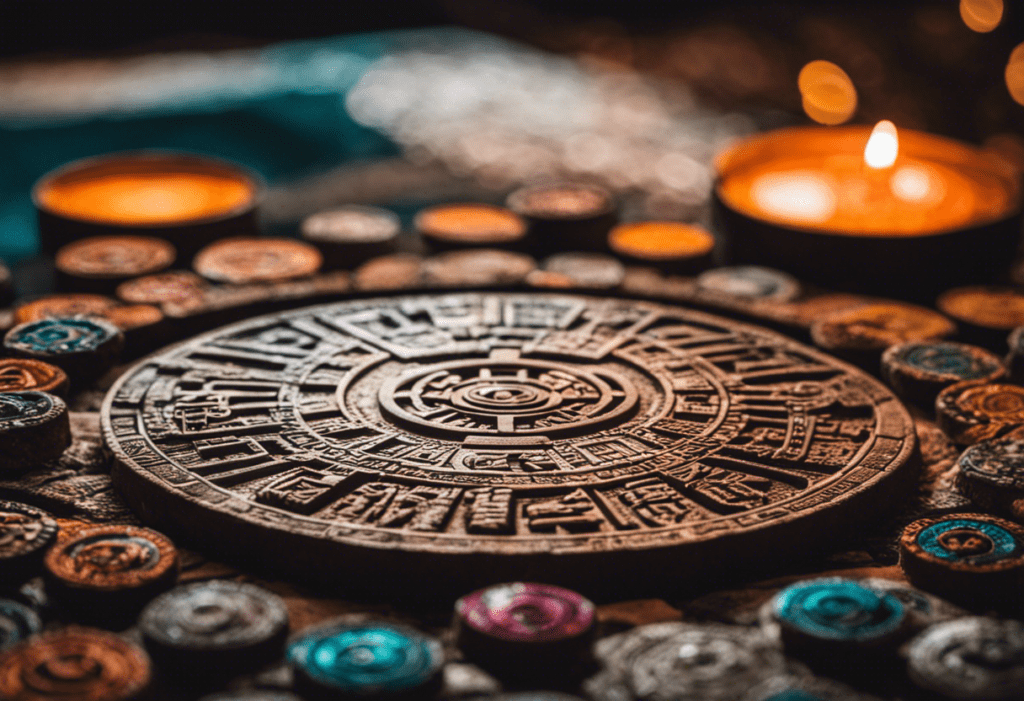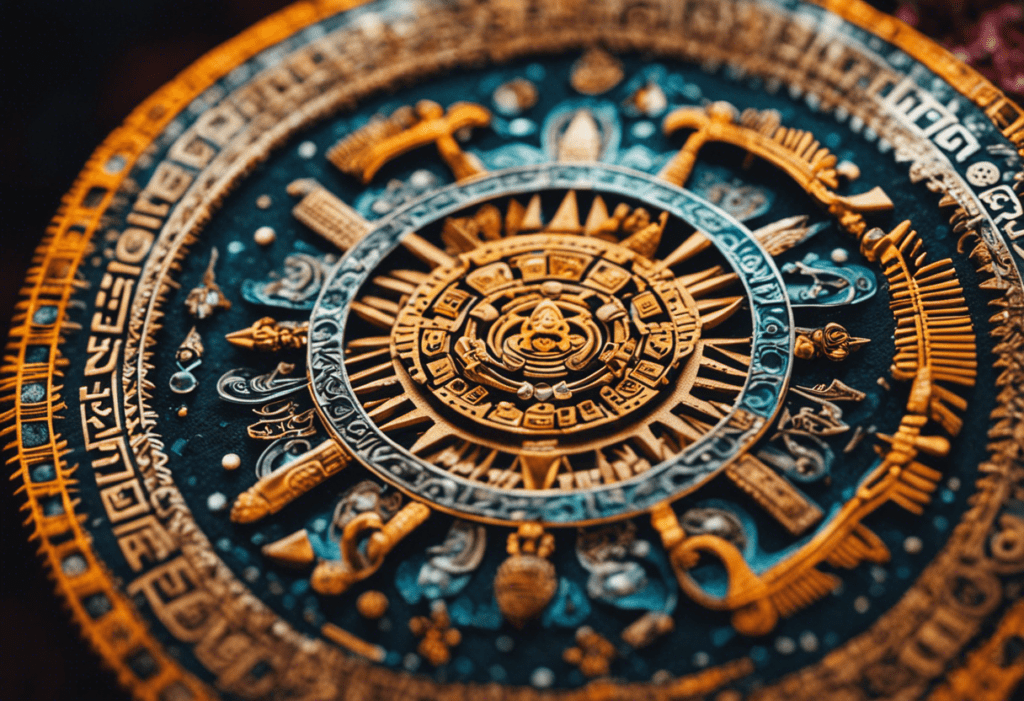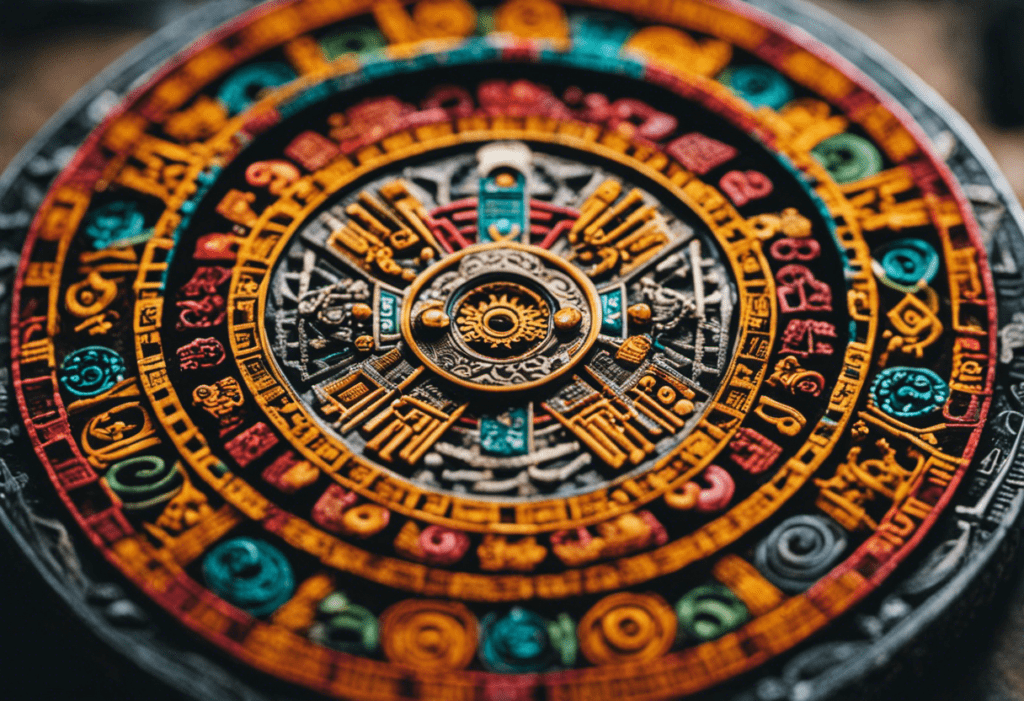In the ever-shifting sands of time, the Aztec civilization left behind a remarkable legacy in the form of their intricate and enigmatic calendar. Delving into the depths of history, this comprehensive guide aims to illuminate the origins, symbolism, and structure of the Aztec calendar.
Drawing upon extensive research and analysis, we will unravel the role it played in Aztec society and decipher the meanings behind its dates.
Join us on a journey of discovery as we unravel the legacy and influence of the Aztec calendar in modern times.
Key Takeaways
- The Aztec calendar, known as the tonalpohualli, was a combination of religious beliefs and astronomical observations. It consisted of 260 days and was used for divination and determining auspicious dates.
- The calendar represented the cyclical nature of the universe and held deep symbolism and meaning. The 20-day signs represented aspects of nature and human experience, while the 13-day numbers were associated with specific deities and their characteristics.
- The structure of the Aztec calendar was circular, symbolizing the cyclical nature of time and interconnectedness. It consisted of days, months, and years, reflecting the Aztec worldview and the importance of religion and cosmology.
- The Aztec calendar played a central role in Aztec society, being used for religious and agricultural events, tracking time, and aligning with celestial events. It showcased advanced astronomical knowledge and mathematical skills and was essential for sustaining Aztec society, establishing hierarchies, and maintaining order.
Origins of the Aztec Calendar
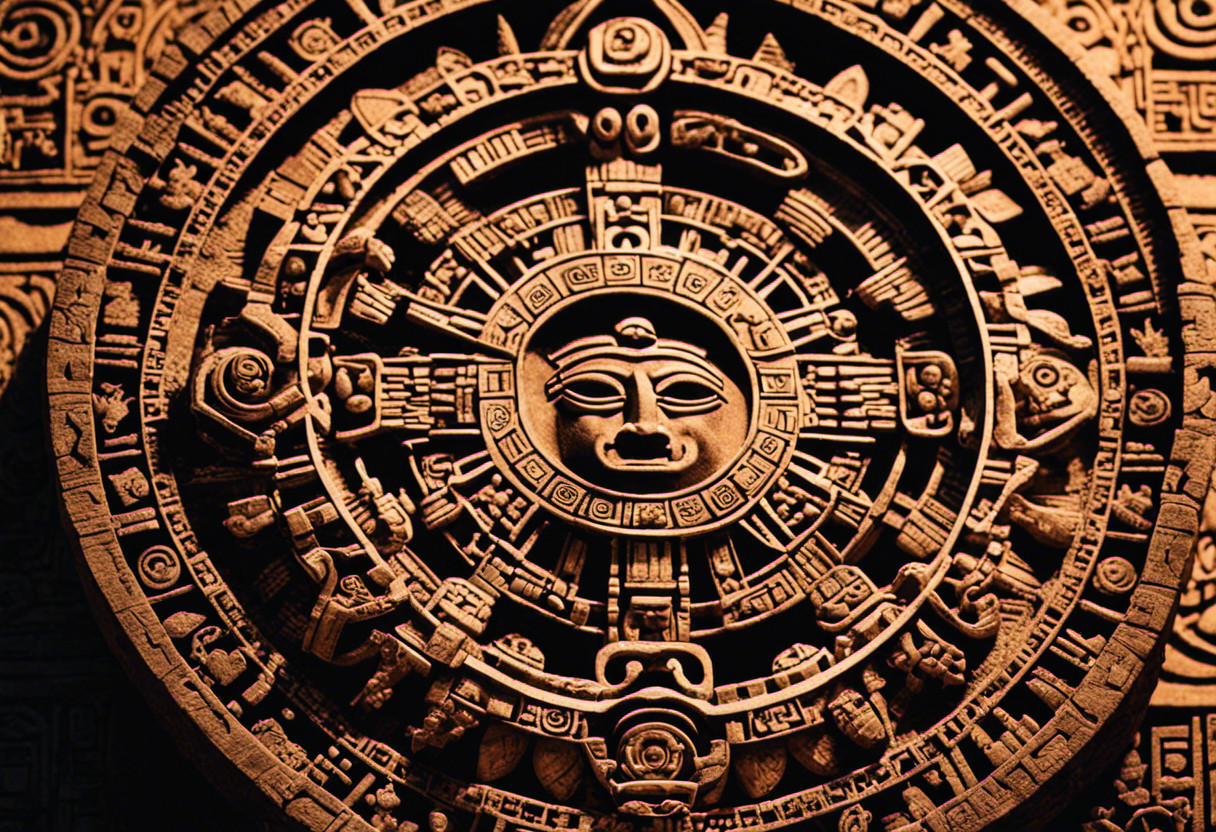

The origins of the Aztec calendar can be traced back to the merging of religious beliefs and astronomical observations by the ancient Aztec civilization. The Aztecs believed that time was cyclical, and that the cosmos played a significant role in the events of the earthly realm. Their calendar system, known as the tonalpohualli, consisted of 260 days and was based on the combination of 20 day signs and 13 numerals. This calendar was used for divination and determining auspicious dates for various activities.
The evolution of the Aztec calendar can be seen through the archaeological artifacts that have been discovered. These artifacts include stone monuments, such as the famous Aztec Sun Stone, which depicts the five previous world ages and the current era. These carvings provide insights into the Aztec’s understanding of time and their belief in the cyclical nature of the universe.
Through extensive research and analysis, historians and archaeologists have been able to piece together a comprehensive understanding of the Aztec calendar. They have uncovered the significance of celestial events, such as solstices and equinoxes, in the construction and interpretation of the calendar. They have also identified the influence of earlier Mesoamerican civilizations, such as the Olmecs, on the development of the Aztec calendar.
Symbolism and Meaning in the Aztec Calendar


Symbolism and meaning in the Aztec calendar intertwine to create a complex system of representation and interpretation. The Aztecs believed that the calendar was a reflection of the cyclical nature of the universe and the interconnectedness of all things. They assigned deep symbolism to each of the calendar’s components, including the 20-day signs, the 13-day numbers, and the sacred day cycles.
The symbolism in the Aztec calendar can be interpreted in various ways. One interpretation suggests that the 20-day signs represent different aspects of nature and the human experience, such as animals, natural elements, and celestial bodies. The 13-day numbers, on the other hand, are associated with specific deities and their characteristics. These numbers and signs combine to form a 260-day sacred calendar, known as the Tonalpohualli, which was used for divination and religious ceremonies.
Interpretation of the Aztec calendar’s symbolism was not limited to just the 20-day signs and 13-day numbers. The calendar also included larger cycles, such as the 52-year cycle known as the xiuhmolpilli, which represented the completion of a cosmic era. This cycle was believed to have profound implications for the fate and destiny of individuals and the entire Aztec civilization.
Structure and Components of the Aztec Calendar
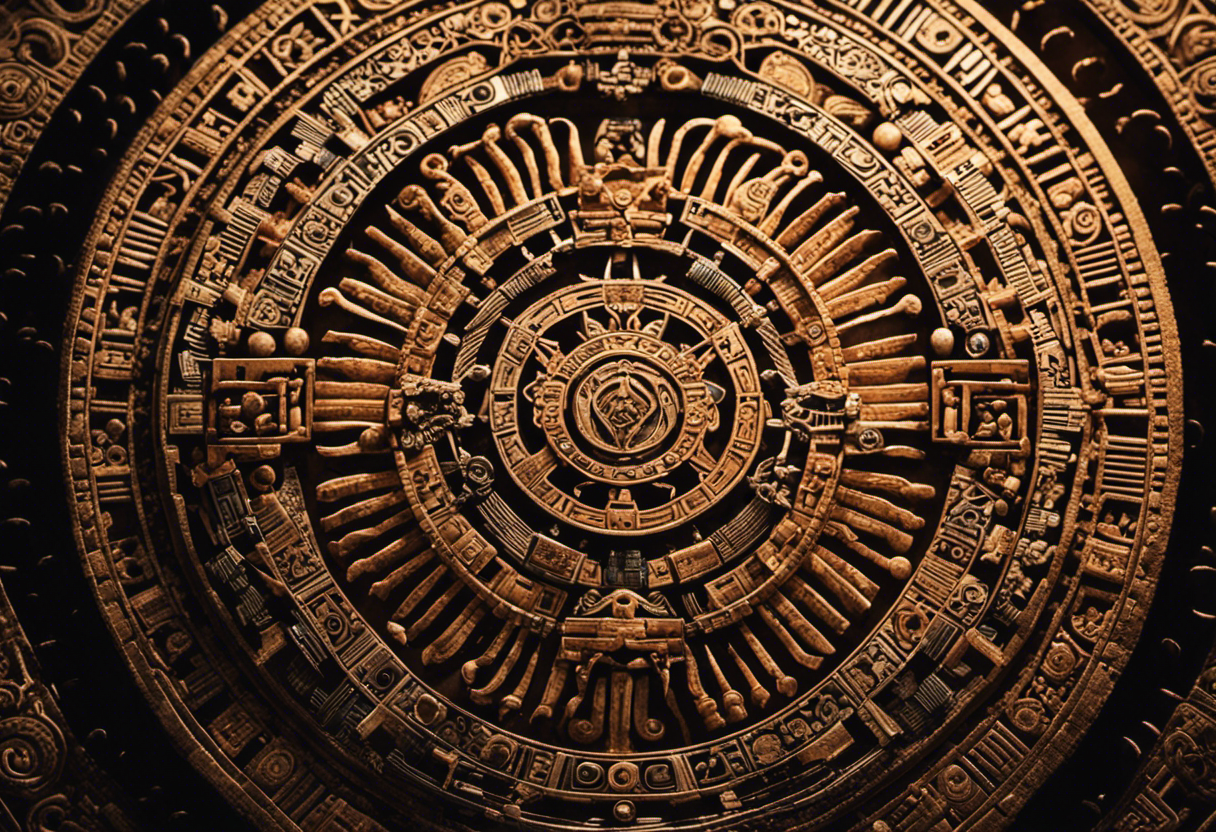

The structure and components of the Aztec calendar are integral to understanding its complexity and significance.
The circular design of the calendar holds symbolic meaning, representing the cyclical nature of time and the interconnectedness of the universe.
The calendar is composed of various components, including days, months, and years, each with their own unique characteristics and associations.
Additionally, the Aztec calendar reflects the Aztec worldview, with its connections to both the divine and earthly realms, highlighting the important role of religion and cosmology in Aztec society.
Circular Design Symbolism
While examining the circular design of the Aztec Calendar, it becomes evident that its structure and components hold significant symbolic meaning. The circular shape of the calendar represents the endless nature of time and the cyclical nature of life. It symbolizes the continuous flow of seasons, days, and years. The intricate carvings and symbols on the calendar’s surface depict various aspects of Aztec cosmology and mythology, providing a rich source of information about their belief system and rituals.
The outer ring of the calendar represents the 365-day solar year, divided into 18 months of 20 days, with an additional 5-day period considered unlucky.
The central disc portrays the sun god Tonatiuh, surrounded by four previous suns that have already been destroyed. Each sun represents a different era in Aztec mythology and serves as a reminder of the cyclical nature of creation and destruction.
This circular design interpretation of the Aztec Calendar offers valuable insights into the ancient calendar representation and the spiritual beliefs of the Aztec civilization.
Days, Months, and Years
The Aztec calendar’s structure and components consist of intricate systems that govern the measurement of days, months, and years, as well as their interrelationships.
The Aztec calendar system was highly sophisticated and played a central role in the daily lives of the Aztec people. It consisted of two main calendars: the Tonalpohualli, the sacred calendar with 260 days, and the Xiuhpohualli, the solar calendar with 365 days.
These two calendars worked together to create a 52-year cycle known as the Calendar Round. The Aztecs used complex calculations to determine the position of each day within these calendars, taking into account various celestial and natural phenomena.
This allowed them to track the passage of time and align important religious and agricultural events with astronomical events. The Aztec calendar’s precision and accuracy showcase the advanced astronomical knowledge and mathematical skills of the Aztec civilization.
Divine and Earthly Connections
One key aspect of the Aztec calendar’s structure and components is the intricate connection between the divine and earthly realms. The Aztecs believed that celestial influences played a vital role in shaping their lives and the world around them. This belief is reflected in the calendar’s design and functionality.
The Aztec calendar consists of two main components: the Tonalpohualli, which is the sacred calendar, and the Xiuhpohualli, the solar calendar.
The Tonalpohualli consists of 260 days and is believed to represent the divine realm. Each day is associated with a specific deity, offering a unique connection between the divine and earthly realms.
The Xiuhpohualli, on the other hand, follows the solar year and represents the earthly realm. It consists of 365 days and is closely tied to the agricultural cycle and the movements of the sun.
The Role of the Aztec Calendar in Aztec Society
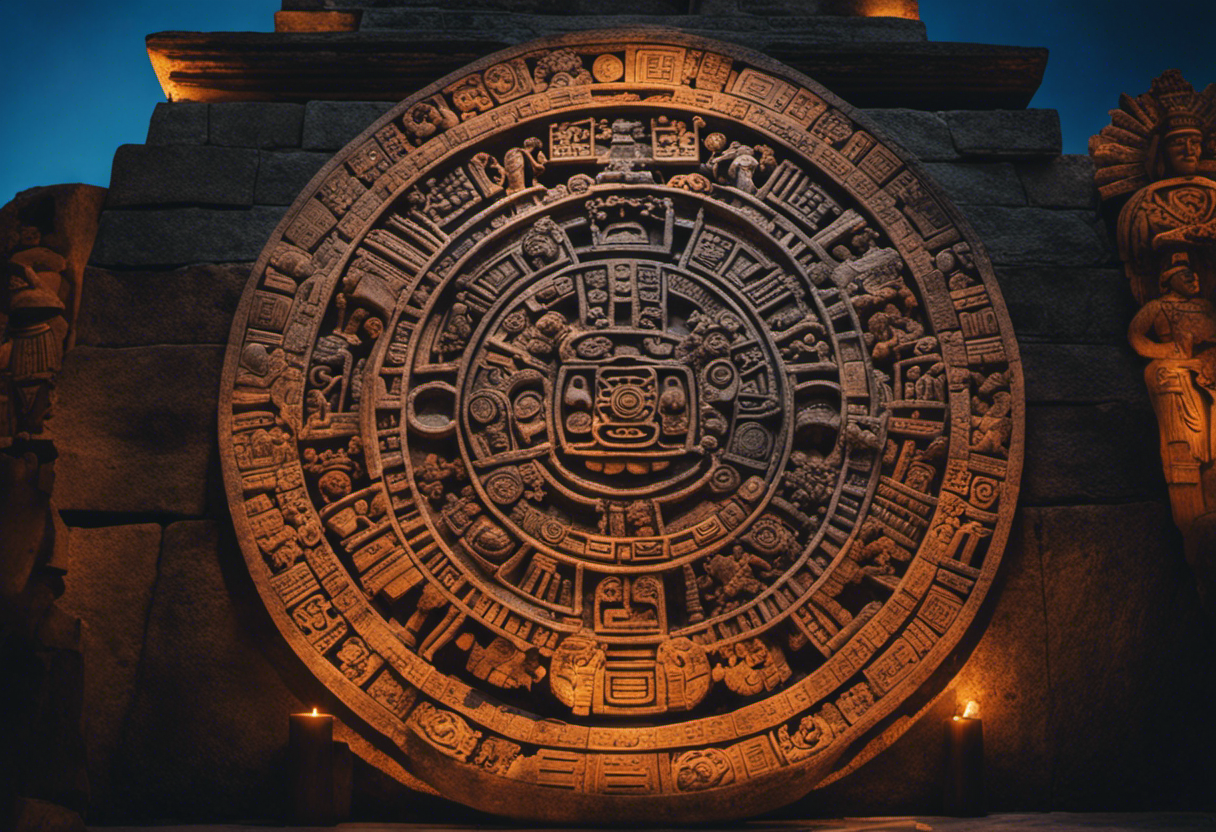

An essential aspect of Aztec society was the significant role played by the Aztec calendar in various aspects of their daily lives. The calendar system, known as the tonalpohualli, not only served as a tool for tracking time but also held immense cultural significance for the Aztecs. It was deeply intertwined with their religious beliefs and rituals, as well as their agricultural practices and social organization.
The Aztec calendar played a crucial role in society by providing a framework for organizing religious ceremonies and festivals. The calendar was divided into cycles, with each day having its own specific meaning and associated deity. This allowed the Aztecs to plan and prepare for important religious events, ensuring that they were conducted at the appropriate times and in accordance with their beliefs.
In addition to its religious significance, the calendar also played a vital role in the agricultural practices of the Aztecs. The calendar helped them determine the best times for planting, harvesting, and carrying out other agricultural activities. By aligning their farming practices with the cycles of the calendar, the Aztecs were able to maximize their crop yields and ensure the well-being of their communities.
Furthermore, the calendar system was closely tied to the social organization of Aztec society. It helped establish hierarchies and maintain order by providing a shared understanding of time and the cyclical nature of life. The calendar also served as a means of recording historical events and genealogies, allowing the Aztecs to maintain a collective memory of their past.
Interpretation and Understanding of Aztec Calendar Dates
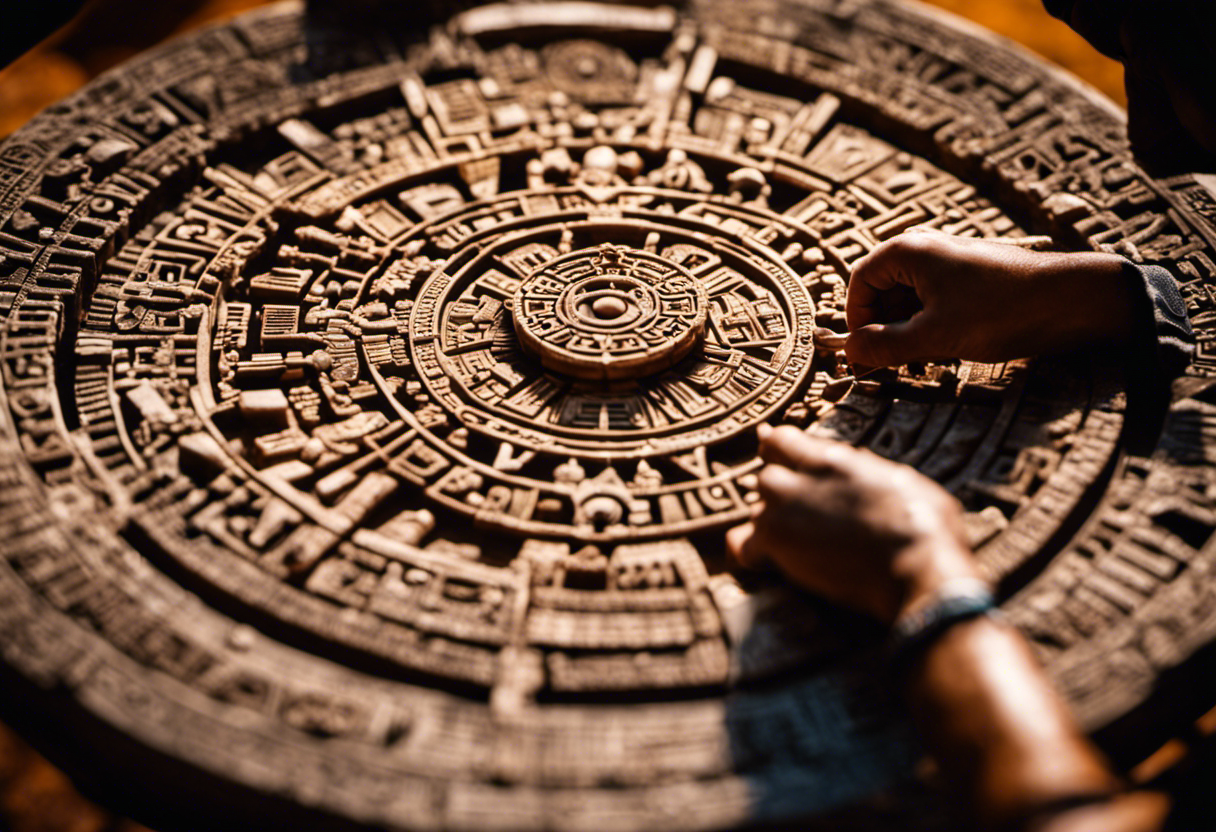

Two key methods of interpretation and understanding exist for Aztec calendar dates: the correlation with the Gregorian calendar and the examination of associated symbols and glyphs. By comparing the Aztec calendar with the Gregorian calendar, historians and archaeologists are able to establish a system of correspondence and identify specific dates. This allows for a better understanding of the temporal significance of events in the Aztec society.
To further interpret the Aztec calendar dates, the examination of associated symbols and glyphs is crucial. The Aztec calendar is rich in complex hieroglyphs and symbols, each with its own cultural significance. By analyzing these symbols and glyphs, researchers can uncover the meanings and representations associated with specific calendar dates. This provides valuable insights into the religious, agricultural, and societal practices of the Aztecs.
To delve deeper into the interpretation techniques and cultural significance of the Aztec calendar, it is important to consider the following:
- The role of celestial bodies: The Aztec calendar heavily relies on celestial observations and the movements of the sun, moon, and stars. Understanding the astronomical basis of the calendar can shed light on its cultural and religious significance.
- Rituals and ceremonies: Many Aztec calendar dates were associated with specific rituals and ceremonies. By examining the symbols and glyphs, researchers can gain insights into the religious practices and beliefs of the Aztecs.
Legacy and Influence of the Aztec Calendar in Modern Times
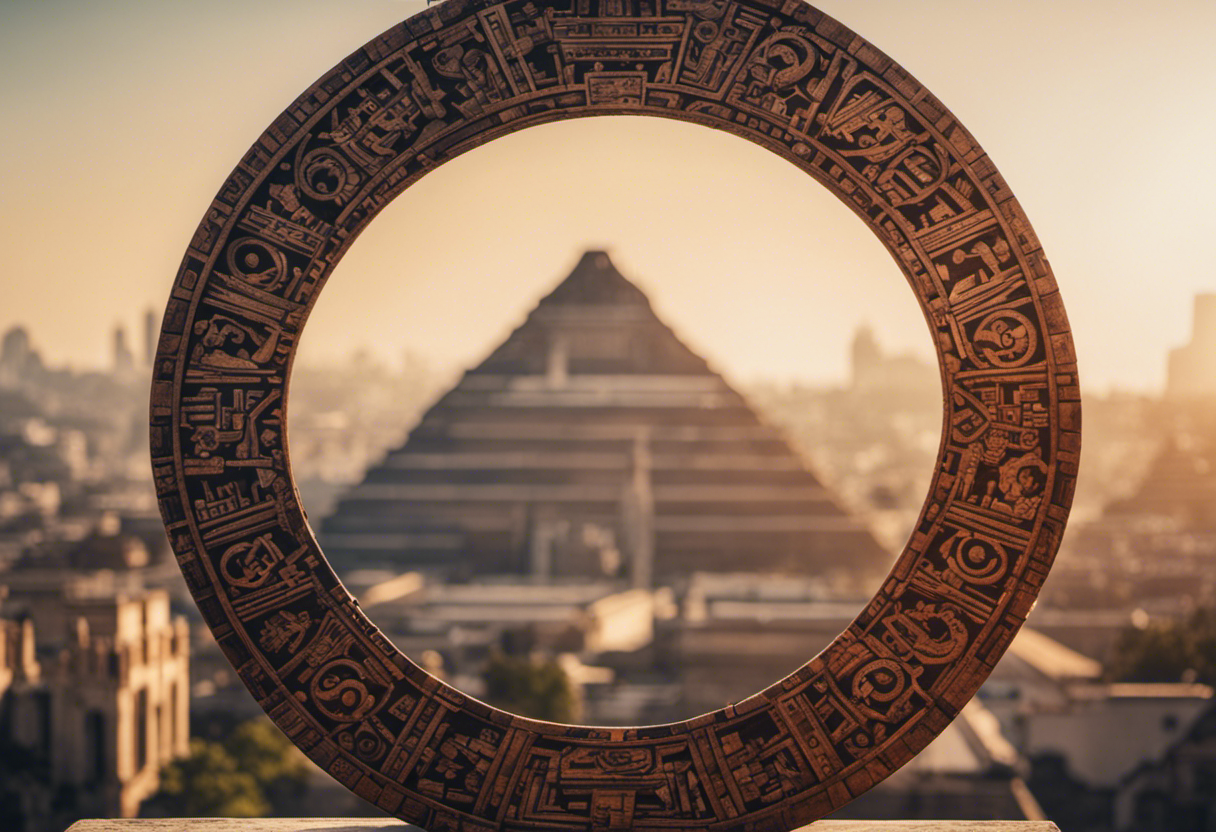

The legacy and influence of the Aztec calendar continue to resonate in modern times, as it serves as a source of inspiration and fascination for scholars, artists, and enthusiasts around the world. Its intricate design and cultural significance have had a profound impact on various aspects of contemporary society.
In the realm of art, the Aztec calendar has left an indelible mark. Its iconic circular shape, adorned with intricate symbols and representations, has been incorporated into numerous artistic expressions. From paintings and sculptures to jewelry and tattoos, the Aztec calendar has become a symbol of cultural heritage and identity. Artists draw inspiration from its complex symbolism, using it as a visual language to convey their own interpretations and narratives.
Beyond art, the cultural significance of the Aztec calendar continues to be celebrated and studied. Its intricate system of timekeeping and cosmology provides valuable insights into the ancient Aztec civilization. It offers a window into their beliefs, rituals, and understanding of the universe. Scholars and enthusiasts delve into its symbolism and meanings, seeking to unravel the mysteries of the Aztec worldview.
The Aztec calendar also serves as a reminder of the rich cultural diversity that exists in our world. It highlights the achievements and contributions of indigenous peoples, fostering a greater appreciation for their history and heritage. By studying and engaging with the Aztec calendar, we can gain a deeper understanding of human civilization and the interconnectedness of our global community.
Conclusion
In conclusion, the Aztec calendar is a fascinating and complex system that played a crucial role in Aztec society. Its origins, symbolism, structure, and interpretation all contribute to a deeper understanding of this ancient civilization.
The legacy of the Aztec calendar continues to influence modern times, serving as a testament to the cultural richness and sophistication of the Aztec people. By studying this calendar, we gain valuable insights into their beliefs, rituals, and societal organization, allowing us to appreciate their history and achievements.

